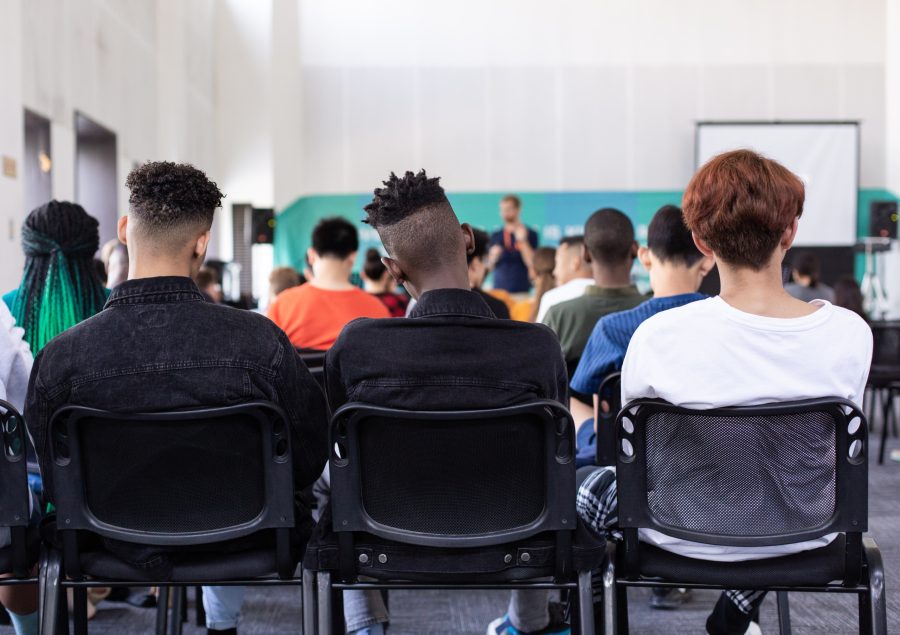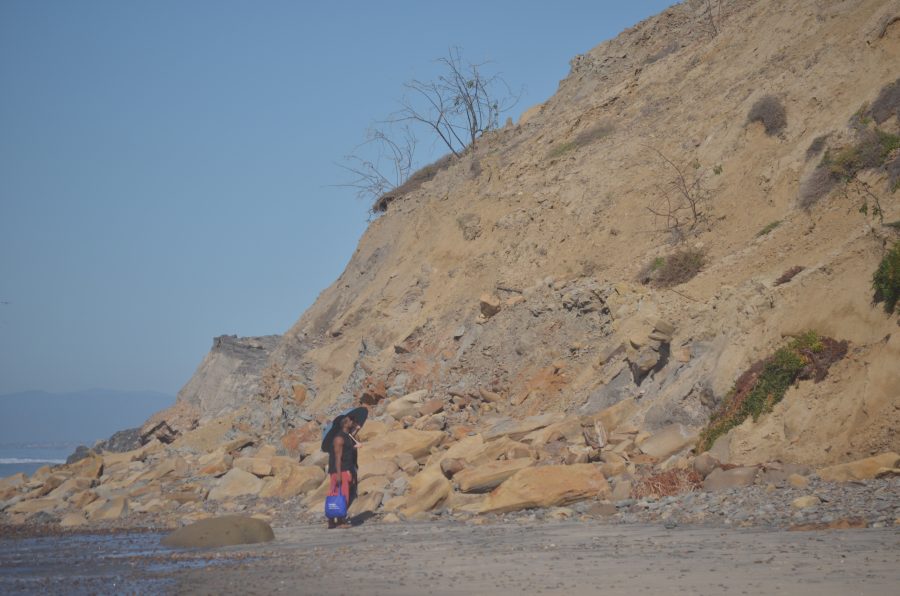During Welcome Week, most clubs camped on Library Walk borderline harassed students by whipping flyers and ad cards in their faces, trying to spark even the slightest interest in their organization. Members of UCSD’s nascent Rubik’s Cube Club, however, simply sat at their modest, flyer-less table, aligning the primary colors of their respective cubes into their proper places, and caught the interest of hundreds of students.
“One awesome moment was when a guy walked past our booth on Library Walk while talking on his cell, stopped, and told his friend that he had to hang up, because there was a Rubik’s Cube Club,” Thurgood Marshall sophomore Alex Muir said in an e-mail.
Muir is just one of five officers in the Rubik’s Cube Club, founded and headed by Revelle College sophomore Phillip Espinoza. The group of friends started the club last April, hoping to spread their own enthusiasm of Rubik’s cubing by teaching students basic methods of how to solve a cube.
“The Rubik’s Cube Club offers a learning environment that is always open to anyone and everyone. The entire club encompasses the thought of sharing our abilities with others so that they too can learn and teach others. New members become students. Students become teachers. From then on, it’s their choice of what to make of it,” Warren College sophomore and Officer Michael Baustista said in an e-mail.
Rubik’s Cube Club meetings work like a basic peer tutorial program. The sessions might start off with an educational power-point presentation or a guest speaker (according to Bautista, one of the fastest solvers in the world will be making an appearance at one of their meetings) but will almost always be bookended by socializing and sharing of tips of how to solve a cube.
And while solving a Rubik’s Cube may seem like an awesome yet daunting task, according to Muir College sophomore and Officer Danielle Pandika, it really isn’t that difficult.
“It’s simply a matter of pattern recognition,” Pandika said in an e-mail. “You assess the pattern present on the cube, and execute the appropriate algorithm. Repeat until the cube is solved. Of course, there are several patterns and corresponding moves to memorize. So, memorization is pivotal. Not being colorblind probably helps too.”
After members learn how to solve the traditional 3×3 Rubik’s Cubes with two hands, they can move on to learning blindfolded and one-handed methods and work at solving 4x4s and 5x5s.
No matter how easy it might be to solve a Rubik’s Cube or how complicated and difficult it can become, members agree that something about solving the puzzle impresses others and boosts self-esteem.
“The Rubik’s Cube is supposedly this puzzle that only a genius or Will Smith can figure out, but here we are offering to teach people to solve it within seconds. Nothing quite says genius like whipping out a cube and solving it multiple times on the shuttle ride over to UTC,” Pandika said.
Once their members have developed their skills, the club also hopes to compete in several World Cubing Association-recognized competitions.
“We hope to host a couple of competitions per school year on campus. Hopefully in the future we can have cube-offs with other schools. UC Irvine, UC Berkeley, and Cal Tech all have cube clubs which we could compete with,” Thurgood Marshall Sophomore and Officer Kevin Wu said in an e-mail.
In addition to competitive events, the Rubik’s Cube Club is also planning to host events that are based more on socializing than learning.
“We are planning many events that take a break from the learning part of cubing and focus on the socializing aspect. We plan to cube at the beach just to have fun. We also plan to have a hang out night where we have a primary color theme. It will be more laid back than some of our meetings and we will just hang out, cube and talk,” Espinoza said.
While being part of the Rubik’s Cube Club may expand a student’s social horizons and earn them some intellectual street-cred, it can also reward them at unexpected times.
“Though cubers don’t get paid any money for winning competitions, there are those rare occasions that cubing pays off. For example, the other day, I did a cubing demonstration for the people at Golden Spoon and they gave me a free yogurt. All those hours I spent practicing finally paid off when I got that free yogurt,” Espinoza said.
While it might seem strange for members to carry their cubes with them at all times — yogurt runs included — this type of behavior is typical for a Rubik’s Cube Club member.
“While its not our intent to promote such zeal, it seems to inevitably happen. Unlike many hobbies, like video games or trinket-collecting, you can work on the Rubik’s cube virtually anywhere,” Pandika said.
Overall, the Rubik’s Cube Club is happy to represent a more unique niche of UCSD students, and isn’t afraid to flaunt its brainy abilities.
“We’re one of the few clubs that are proud to be slightly geeky, although that doesn’t necessarily mean that our members are. We fuse an intellectual pursuit with pop culture, and for some, a way of life,” Muir said.







